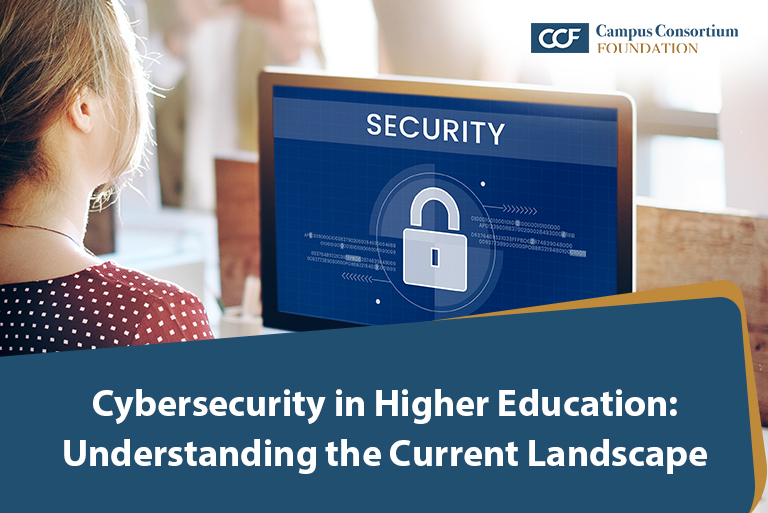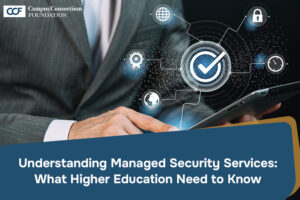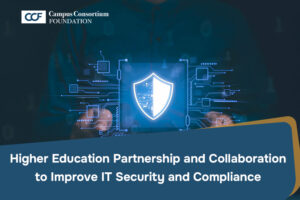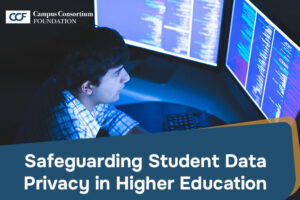Cyberattacks on higher education institutions is on the rise, posing significant risks to vast amounts of sensitive data these institutions hold. This article sheds light on cybersecurity challenges faced by colleges and universities, current and evolving threats, and best practices to build a strong defense.
Increasing Use of Technology Escalates Cyber Threats in Academia
As digital infrastructures expand, the risks to universities and colleges grow. The shift toward online learning and remote access exposes higher education institutions to new vulnerabilities. According to a 2023 EDUCAUSE report, over 60% of institutions reported experiencing major cyber incidents in the past year.
- Ransomware: A Growing Menace
Ransomware attacks have surged, making headlines as hackers access and lock down essential data then demand payments to release it back to an institution. Several U.S. universities fell victim to these attacks in 2023, resulting in major financial losses and operational shutdowns.
- Phishing: A Persistent Danger
Phishing remains a widespread issue in higher education. Deceptive emails trick users into revealing credentials or downloading malicious software, often leading to data breaches or unauthorized access to university systems.
- Cloud Vulnerabilities
As universities transition to cloud-based platforms, they encounter new security risks. Misconfigured cloud settings or weak access controls can expose sensitive data, making proper cloud security practices essential.
The Importance of Cybersecurity Compliance
Higher education institutions are under growing pressure to comply with various regulations, including FERPA (Family Educational Rights and Privacy Act) and HIPAA (Health Insurance Portability and Accountability Act). These laws require schools to implement strong security measures to protect student data. Non-compliance can lead to serious consequences, including fines and the potential loss of federal funding.
The U.S. Department of Education has also tightened its data protection requirements, urging institutions to adopt risk-based cybersecurity protocols for student financial aid data.
Cybersecurity Resource Challenges Facing Higher Education
Although the need for stronger cybersecurity is clear, colleges and universities face significant challenges in implementing robust systems:
- Funding Shortages
Limited budgets are a common obstacle in cybersecurity planning. With constrained resources, many institutions cannot afford to invest in advanced security tools or hire dedicated IT security personnel, making them more susceptible to attacks.
- Fragmented IT Systems
Many universities operate decentralized IT networks, where individual departments manage their own systems. This decentralized structure creates inconsistencies in security practices, leaving gaps that attackers can exploit.
- Managing a Diverse User Base
Universities serve a wide range of users, including students, staff, faculty, and researchers, each requiring varying levels of access to systems. The high turnover of students and frequent user changes make it difficult to maintain strong security protocols across the entire institution.
Affordable and Accessible Cybersecurity Defenses
Even without significant funding, every institution can implement a level of cybersecurity protection for their campus. Best practices, policy, procedures, programs and communication can provide an affordable baseline defense. Despite the challenges, there are practical steps that universities can take to improve their cybersecurity posture. For example:
- Cybersecurity Awareness and Training
Educating faculty, staff, and students about cybersecurity threats, such as phishing, and encouraging best practices like using strong passwords and reporting suspicious activity can significantly reduce vulnerabilities.
- Adoption of Multi-Factor Authentication (MFA)
MFA adds a critical layer of protection by requiring users to verify their identity through multiple means before accessing systems. This makes it harder for unauthorized users to gain entry, even if they manage to steal login credentials.
- Routine Security Audits and Data Encryption
Performing regular security audits helps identify weak spots in an institution’s systems. Additionally, encrypting sensitive data ensures that even if it is intercepted, it remains unusable to unauthorized users.
Conclusion
The cybersecurity landscape in U.S. higher education is rapidly evolving, with threats such as ransomware and phishing growing more common. While universities face many challenges, including limited budgets and fragmented IT systems, proactive measures like cybersecurity training, MFA, and regular security audits can make a substantial difference. The Campus Consortium Foundation encourages higher education institutions to prioritize cybersecurity as an essential aspect of their operations, safeguarding the valuable data they protect.




